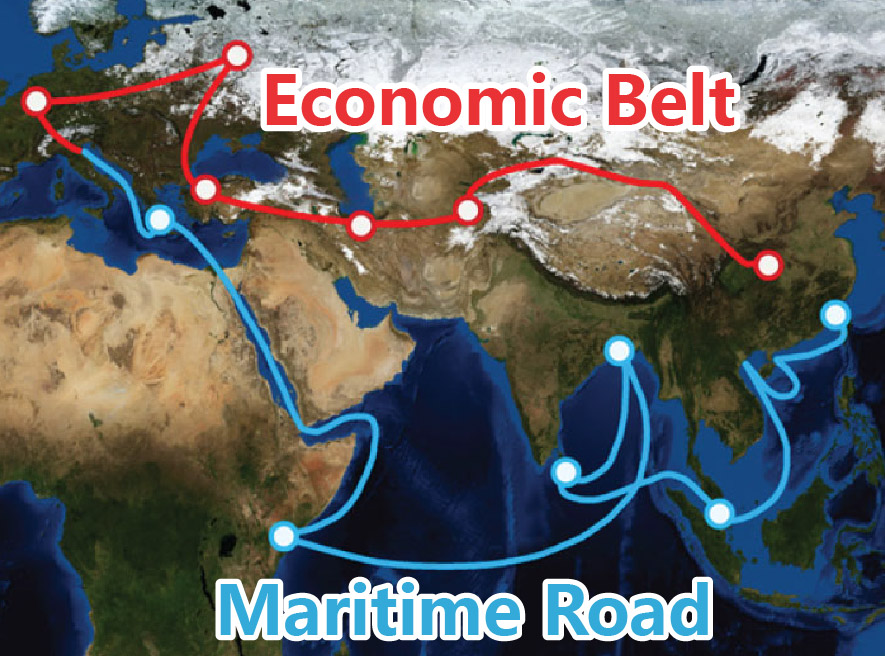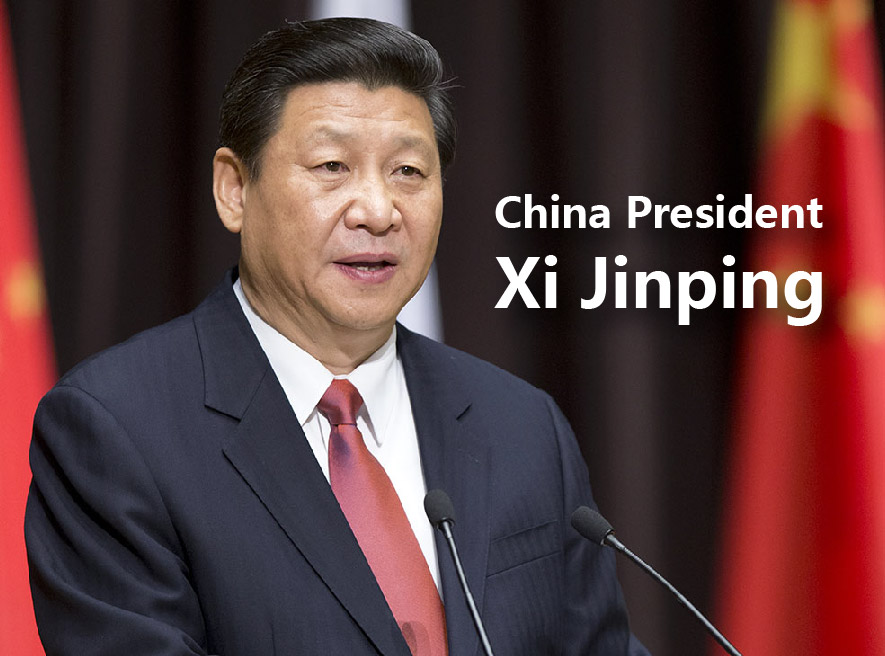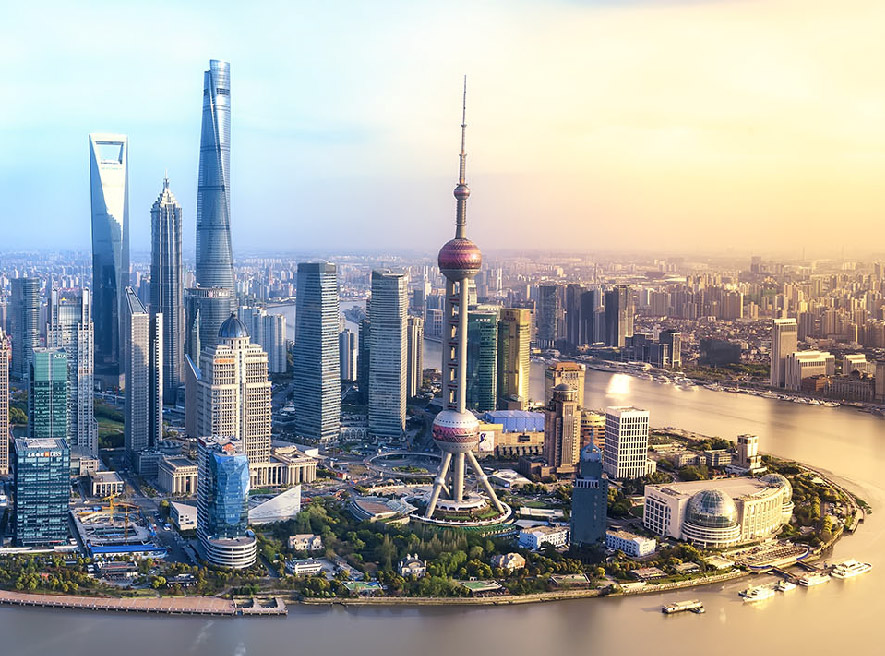With the Belt and Road Initiative moving at a very fast pace, Chinese investors are now looking at many overseas properties for their strategic investments.
The things you need to know about the Belt and Road plan (from Shan Saeed, IQI Global):
- Which are the countries relevant in B&R equation?
- How China is making strategic and tactical plans to move ahead?
- Why the High Speed Rail is becoming the new obsession for some countries.
The Belt and Road Initiative draws inspiration off of the Silk Road, a collection of several trade routes that existed more than two thousand years ago that linked the far flung major civilisations of Asia, Europe and Africa. The Silk Road spirit – “peace and cooperation, openness and inclusiveness, mutual learning and mutual benefit”-has been passed over the generations, promoting the progress of human civilization, and contributing greatly to the prosperity and development of the countries along it.

The Silk Road Economic Belt focuses on bringing together China, Central Asia, Russia and Europe (the Baltic). The 21st-Century Maritime Silk Road is designed to go from China’s coast to Europe through the South China Sea and the Indian Ocean in one route, and from China’s coast through the South China Sea to the South Pacific in the other. Some of the important countries in the Belt and Road initiative due to their geo-strategic location include: Indonesia, Malaysia, Pakistan, Philippines, Russia, Turkey, Mongolia and Djibouti
Thanks to the well planned governance of the Chinese government, China’s economy has grown immensely over the years. This rise in the economy has caused a proportional rise in the number of wealthy Chinese, who are now living luxurious lifestyles with plenty of cash to spare. In light of the globalisation of the world, these wealthy individuals from China have begun investing in various assets both locally and internationally; this of course includes real estate.
“China is willing to share its development experience with all countries. We will not interfere in other countries’ internal affairs. We will not export our system of society and development model, and even more will not impose our views on others,” Xi said.
“In advancing the Belt and Road, we will not re-tread the old path of games between foes. Instead we will create a new model of cooperation and mutual benefit.”
Recently the Chinese government has loosened their laws on capital restrictions. This allows the wealthy individuals and various companies of the country to move more of their money overseas, a fact that they have been taken advantage of already. Chinese buyers are increasingly impacting residential and commercial real estate markets globally. At the recent Shenzhen Real Estate Expo, representatives from two dozen companies, including iFeng.com, JLL and Leju, pitched real estate opportunities in Australia, Canada, Dubai, Greece, Malaysia, Spain, Thailand, Turkey, U.A.E., U.K. and the United States. Chinese purchases of various residential properties around the world have greatly increased from $11.2 billion in 2010 to $28.6 billion in 2015.
All of these facts show how China is indeed shaping the real estate market for the entire world. Businesses in this industry need to take these factors into account and must start pandering to the tastes of Chinese investors if they wish to remain relevant.
So now you must ask yourself, what exactly are Chinese investors looking for? Here we will provide you with a list of what Chinese buyers specifically look for in the real estate they purchase.
- Education – proximity to top-notch high schools and universities
- Financial Security – investing for future generations
- Cachet – conveyance of wealth through a well-known location
- Yield – investment return through rental income
- Visas – regulations benefit Chinese tourists, investors or migrants
- Value – price comparison versus Chinese real estate
- Connections – easy direct flight access to China
- Feng Shui – properties that abide by Feng Shui rules
- Numerology – a propensity for the numbers 6, 8 and 9
(Sourced from conciergeauctions.com)
Another point to take note of is the fact that Malaysia has attracted a wave of Chinese expatriates. Chinese investors have invested more than $2.1bn in the Malaysian real estate market over the past three years; this huge when compared with the $985m invested by Singaporean companies between 2014 and 2016.
Malaysia plays an integral part in the Belt and Road initiative being a gateway to ASEAN region, and seeing as properties such as those in the capital Kuala Lumpur provide stability of market, solid returns and mature outlook, it is almost guaranteed that KL and Malaysia will continue to remain on the Chinese investors global investors radar, making it the perfect place for businesses to invest and earn well.
There is however one more thing that we need to take into account and that is the fact that many are afraid that Xi Jinping will see the one belt one road initiative as an alternative to completing the economic reforms he promised but is yet to deliver on in 2013’s third plenum.
This means that we need to keep our eyes open on how China integrates the one belt one road initiative into the overall structure of the economy. So watch for One Belt One Road’s impact on emerging and frontier markets, in individual industries, and on commodities.
Stay ahead of the game with IQI –Your Asia Global real estate partner.
If you have any questions regarding how the Chinese economy will influence the Asia Pacific Real Estate market, feel free to contact us at hello@iqiglobal.com or call us at 012-299-6155 or 037-450-6655.
Want to join our award winning agency? Click here: https://goo.gl/qf4UdK
